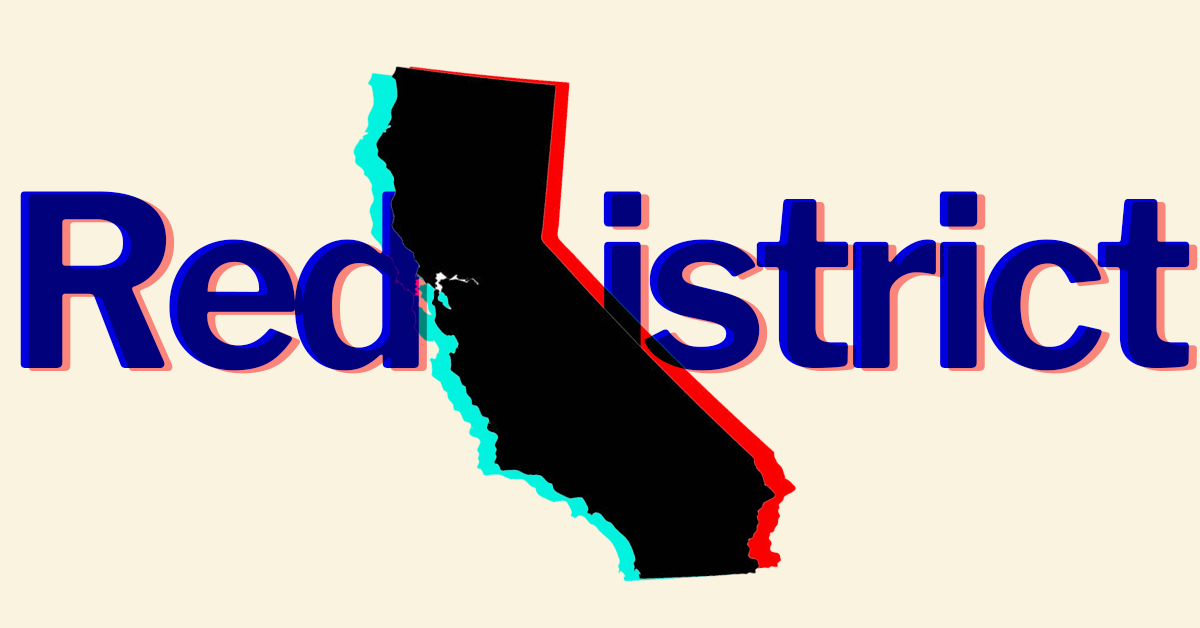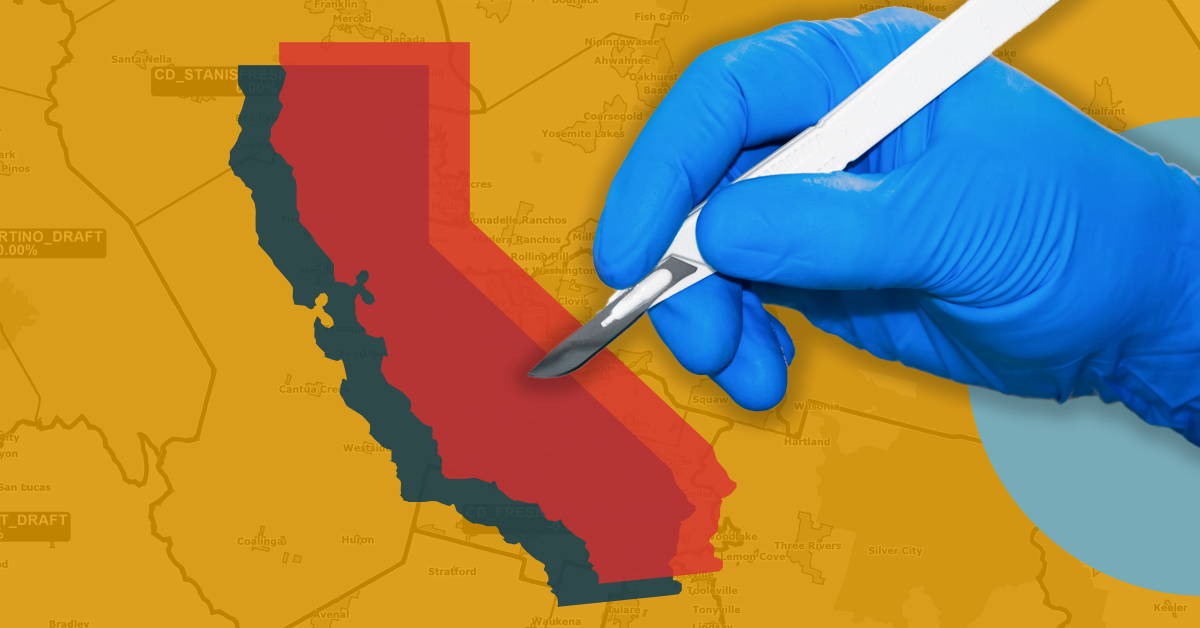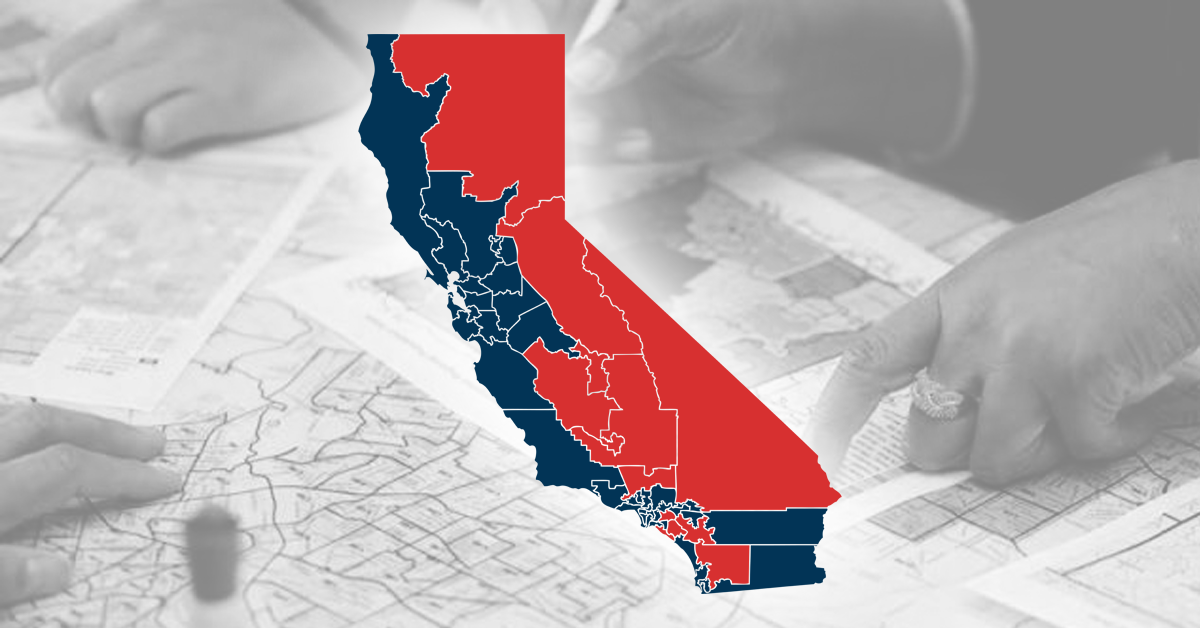Despite a self-imposed deadline to finalize the new Congressional map by close of business Monday, the California Redistricting Commission finds itself at a crossroads yet again in the Central Valley.
Or, perhaps, multiple crossroads.
After back and forth meetings Friday and Saturday that failed to advance the process toward finalization, the commissioners met Monday with the intent to put their stamp of approval on the map and move on.
But Monday regressed back to the weekend practice and procedure: continuing on-air jockeying around map adjustments while asking for offline map iterations to be developed.
Things came to a head with several commissioners split on how to advance, ultimately pushing out the targeted completion date to Dec. 19, which comes after the commission tackles the State Senate districts this week.
Much of Monday’s discussion once again revolved around where to place the City of Modesto.
After receiving direction on Saturday, two commissioners – Stockton Democrat Trena Turner and Yolo County Republican Alicia Fernandez – partnered with the commission’s map drawers on the Commission’s Sunday off to create another iteration of the northern San Joaquin Valley and Sacramento that removed Modesto from the sprawling, mountain-anchored ECA district.
The first set of crossroads: either keep Modesto in the ECA district – as drawn in the panel’s draft and refined in a map drawn by Tracy-based Commissioner Neal Fornaciari – or stick with the Turner-Fernandez version that swapped Modesto out of ECA for Roseville, while placing Modesto into a San Joaquin County and Stanislaus County anchored district.
But with time running out, Commissioner Sara Sadhwani threw another idea into the mix: adjust the Central Valley’s Voting Rights Act districts.
“I’m sensing from everyone a scratching of the head about is it Roseville, is it Modesto,” Sadhwani said. “Do we move forward with this? Do we go back? If we’re thinking Central Valley, then is there a way to strengthen and clean up those VRA districts in such a way and move forward?”
Her idea centered around moving about 100,000 people, located in an “arm” around Visalia, Tulare, and Kings County, to link them to the non-VRA Fresno-Kern district – likely to be occupied by House GOP Leader Kevin McCarthy (R–Bakersfield) which would in turn increase Hispanic citizen voting age populations in the neighboring VRA districts.
A version of the “arm” idea was raised as part of a statewide map pitched by the Mexican-American Legal Defense and Education Fund (MALDEF), capturing southern Visalia, northern Tulare, northern Hanford, Lemoore and NAS Lemoore.

Sadhwani’s curveball drew a response from Commissioner Linda Akutagawa questioning the timing of potential changes this late in the game.
“That may be worth an exploration,” Akutagawa said. “Although I think the only other question that raises is that at the point that we are now, does it makes sense to do that?”
The commission’s answer: It’s worth exploring, a continuation of the “leave no stone unturned” theme that emerged on Saturday.
That all but eliminated any chance that the commission would turn in completed Congressional maps Monday.
Building off Sadhwani’s suggestion, Fornaciari put the onus on his fellow commissioners to hammer out the VRA districts before touching the reset of the Valley or Sierras.
“I think moving 6,000 people would change either of those drafts a bit,” Fornaciari said. “Moving 100,000 people would change those drafts a lot. I don’t know that we can move forward with choosing one of those options at this point until we know what we’re going to do with our VRA districts, unfortunately.”
With the scheduled dinner break and public comment to follow, the commission ran out of time Monday, meaning many decisions are being sprinkled into the Commission’s Senate mapmaking process.
Voting Rights Act seats are now set for further review on Wednesday.
A closer look at the proposed Modesto redraw
With the commission taking Sunday off, its line drawers had time to consider direction from commissioners on Saturday and produce the new map iteration for the northern part of the Central Valley.
That resulted in the Modesto iteration, removing the city from the sprawling ECA district into the one that Fornaciari explored.
Before Sadhwani suggested the Tulare County “arm” change, the commission appeared to be mostly supportive of moving forward with this new iteration separating Modesto from the ECA district.
Under this iteration, Modesto was grouped with Turlock, Manteca, Amador County, Calaveras County, much of Tuolumne County and Mariposa County.
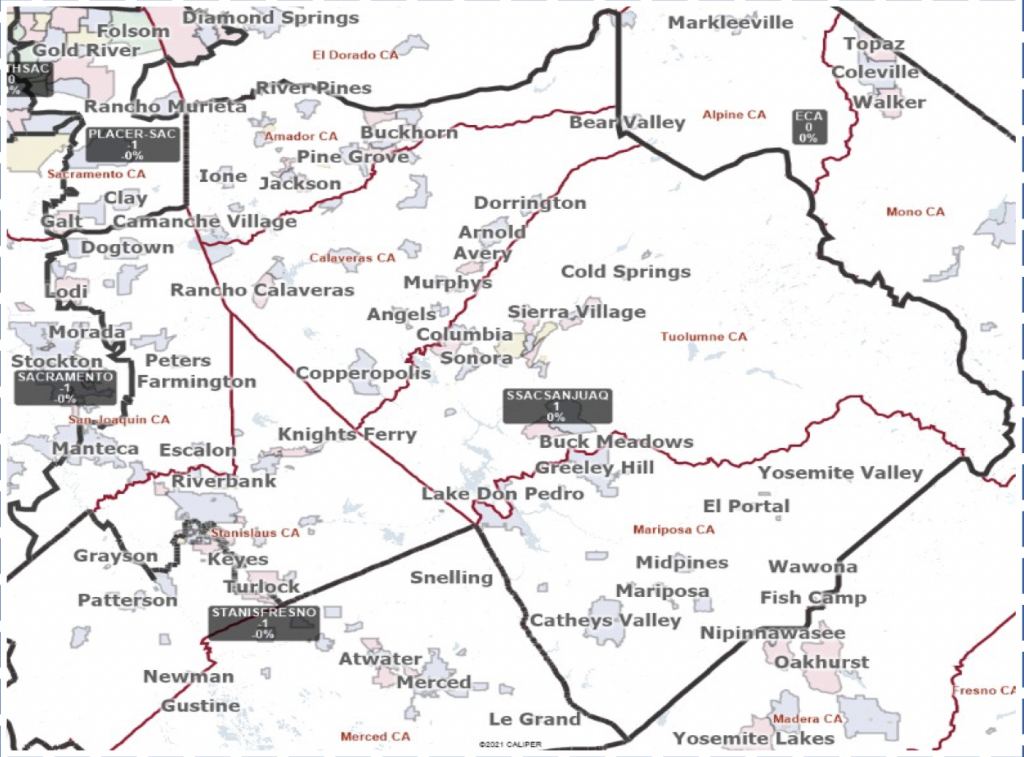
That district would have a Latino citizen voting age population (CVAP) of 31.74 percent, a Black CVAP of 8.79 percent, an Asian CVAP of 15.89 percent and a White CVAP of 40.73 percent.
Along with the Modesto based district, the iteration also split San Joaquin County in half with Stockton and Tracy being grouped in a north-south running district that runs up to include Elk Grove.
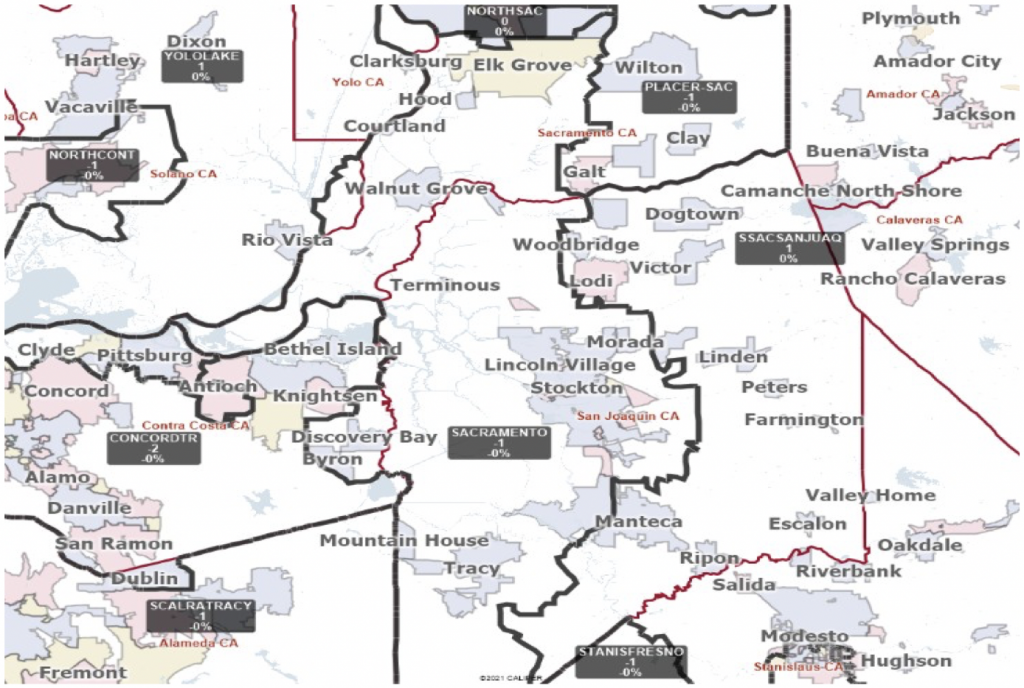
With Stockton kept whole, the Latino CVAP for the district comes in at 20.39 percent, the Black CVAP is 12.83 percent, the Asian CVAP would be 21.11 percent and a White CVAP of 41.93 percent.






